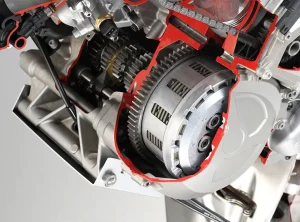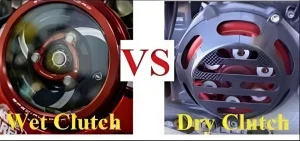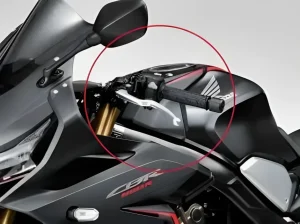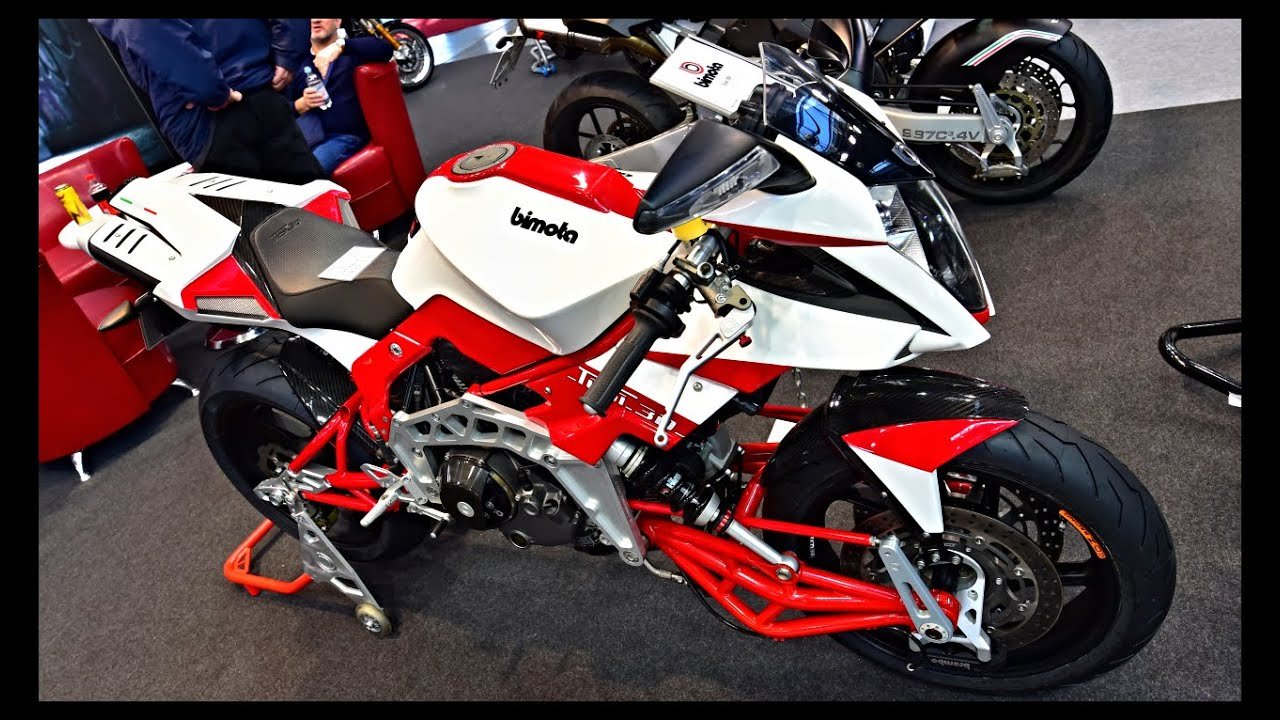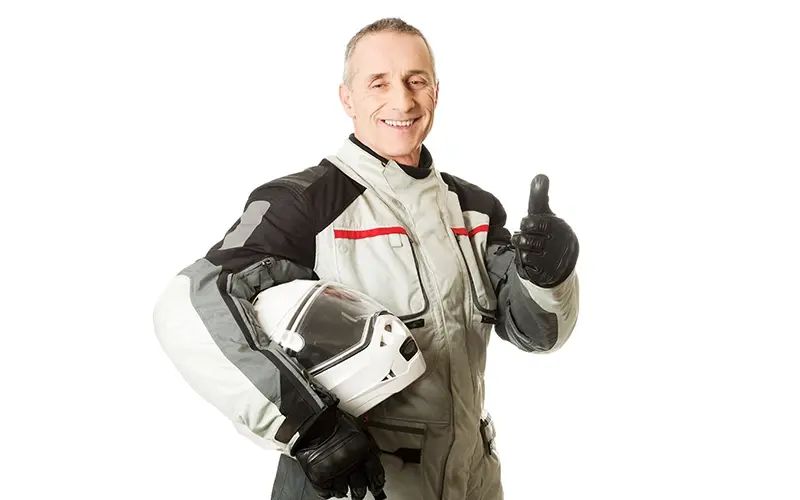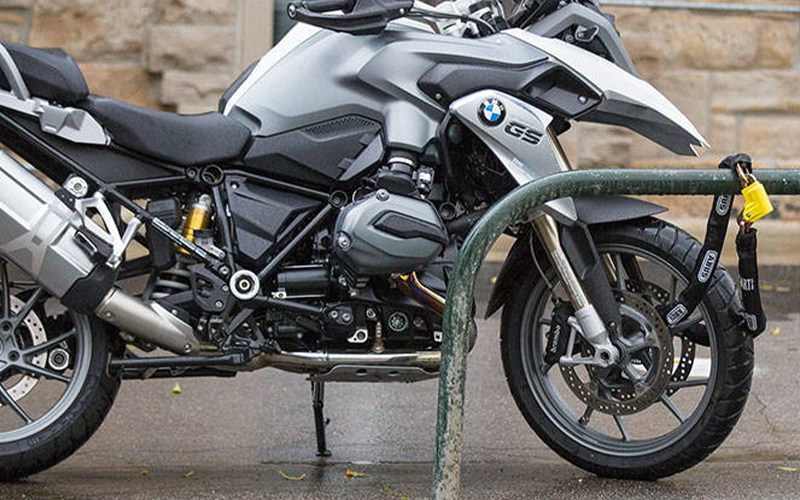Have you ever found yourself wondering why motorcycle clutch plates fail unexpectedly, leaving you stranded and frustrated?
Embarking on the open road, the last thing any rider wants is a motorcycle breakdown. Among the critical components prone to wear and tear, the motorcycle clutch plates play the most important role. In this article, we delve into the details of clutch plate failures, unveiling the top 10 reasons why these essential components often succumb to issues and also the solutions to how to prevent them.
What are Motorcycle Clutch Plates?
A motorcycle clutch is a vital link between the engine and the wheel. It’s made up of two types of clutch plates:
Drive (friction) plate
This ring-shaped plate is coated with fiber and is the part of the clutch assembly that wears and tears. It’s the interface between the clutch basket and the pressure plate.
Driven (steel) plate
This plate is the interface between the pressure plate and the clutch hub.
Clutch plates are stacked inside the clutch basket in alternating layers. When the clutch lever is released, the plates are pressed together to maximize friction and contact surface area. This directs power to the transmission’s input shaft.
What are the Types of Clutch?
There are two major designs of clutch assembly of Motorcycles:
- Wet clutch
- Dry clutch.
Wet clutch
Function: Cools clutch components by bathing them in engine oil
Pros:
- Clutch components last longer
- Acts as a dampener to stop the clutch from knocking on itself
Cons:
- Fluid drag saps engine power
- Causes losses in power from the drivetrain
Wet clutches are used in almost all of the motorbikes.
Dry clutch
Function: Connects the transmission to the engine
Pros:
- No fluid drag
- No oil, so they aren’t affected by fluid drag
Cons:
- Noisy
- Shorter life
- More prone to overheating
- Increased wear
Dry clutches are usually a single disc clutch, mounted between the engine and gearbox
What does the Clutch Do?
The clutch in a motorcycle serves a crucial role in the transmission system, facilitating the rider’s control over the engine’s power and the bike’s speed. It consists of several components, including the clutch lever, cable, and a series of plates inside the engine.
When the rider squeezes the clutch lever, it disengages the clutch, creating a temporary disconnect between the engine and the transmission. This separation allows the rider to smoothly shift gears or come to a complete stop without turning off the engine.
Why is the Clutch Important?
The importance of the clutch lies in its ability to provide the rider with control over the power transfer from the engine to the wheels. Here are key reasons why the clutch is essential:
- Gear Changes:
The clutch enables seamless shifting between gears by temporarily disengaging the transmission. This is crucial for adapting to varying speeds and terrains.
- Starting and Stopping:
When starting the motorcycle or coming to a stop, the clutch allows the rider to disengage the engine from the transmission, preventing stalling and providing better control in low-speed situations.
- Smooth Transitions:
Engaging and disengaging the clutch smoothly allows for gradual acceleration and deceleration, contributing to a more comfortable and controlled ride.
- Traffic Maneuverability:
In heavy traffic or during slow-speed maneuvers, the clutch empowers the rider to modulate speed and navigate with precision without constantly engaging the brakes or shifting gears.
- Reduced Wear and Tear:
Proper use of the clutch helps minimize stress on the transmission and other components, extending the lifespan of the motorcycle’s crucial mechanical parts.
Understanding how to effectively use the clutch is a fundamental skill for motorcycle riders. It not only enhances the riding experience but also contributes to safety, control, and the overall longevity of the bike. Riders who master the art of clutch control can navigate various riding conditions with confidence and finesse.
10 Reasons Why Motorcycle Clutch Plates Fails
There could be many reasons for a motorcycle clutch plate failure. Below are some major ones to consider:
- Friction Material Erosion
The primary cause of clutch plate failures is the gradual erosion of friction material. Over time, the constant engagement and disengagement lead to wear, compromising the plate’s effectiveness and necessitating timely replacement.
- Excessive Heat Buildup
Riding enthusiasts pushing their motorcycles to the limit may inadvertently subject the clutch plates to excessive heat. This overheating accelerates wear, diminishing the plates’ longevity and performance.
- Contaminated Oil
Neglecting regular oil changes can have dire consequences for the clutch plates. Contaminated or deteriorating oil not only reduces lubrication but also introduces abrasive particles, hastening wear and tear.
- Incorrect Adjustment
The importance of proper clutch adjustment cannot be overstated. Incorrect settings, whether too tight or too loose, put undue stress on the plates, leading to premature failure.
- Riding Habits Matter
Aggressive riding, constant abrupt shifts, and prolonged clutch slipping are habits that contribute significantly to premature wear. A mindful approach to riding can extend the life of your motorcycle’s clutch.
- Low-Quality Replacement Parts
Opting for subpar replacement parts might seem economical initially, but it often results in poor performance and reduced longevity. Investing in high-quality, OEM or aftermarket clutch plates ensures reliability.
- Moisture Ingress
Moisture infiltrating the clutch assembly can lead to rust formation on the plates. This not only compromises their structural integrity but also impedes smooth engagement.
- Inadequate Cooling
Motorcycles pushed to their limits without proper cooling mechanisms risk overheating, impacting various components, including the clutch plates. Adequate cooling is essential for maintaining optimal performance.
- Lack of Routine Maintenance
Routine maintenance is the lifeline of any motorcycle. Neglecting regular check-ups and inspections increases the likelihood of overlooking issues with the clutch plates, paving the way for unexpected failures.
- Manufacturing Defects
In rare instances, manufacturing defects can be the root cause of premature clutch plate failures. Vigilance during the warranty period and early detection of such issues are crucial for a timely resolution.
How to Avoid Motorcycle Clutch Failure?
Avoiding clutch failure requires a combination of proper usage, regular maintenance, and adopting good riding habits. Here are essential tips to help prevent clutch issues and ensure its longevity:
- Smooth Shifting:
Shift gears smoothly and avoid forceful or abrupt clutch engagement. Gradual and deliberate shifting reduces stress on the clutch components.
- Proper Clutch Adjustment:
Make sure that the clutch lever has the correct amount of free play. Improperly adjusted clutches can lead to premature wear and failure.
- Avoid Riding the Clutch:
Refrain from keeping the clutch lever pulled in for extended periods while riding. This can overheat the clutch plates and lead to accelerated wear.
- Correct Starting Technique:
When starting from a stop, release the clutch smoothly to avoid excessive slipping. Too much slipping can generate heat and contribute to wear.
- Clutch Lever Free Play:
Regularly check and maintain the recommended free play in the clutch lever. Adjust as per your need to ensure proper functioning.
- Proper Lubrication:
Ensure that the clutch cable is adequately lubricated. A well-lubricated cable facilitates smooth clutch engagement and disengagement.
- Routine Maintenance:
Follow the manufacturer’s maintenance schedule, which typically includes clutch inspections. Regular checks can catch potential issues before they lead to failure.
- Avoid Aggressive Riding:
Aggressive riding, such as excessive wheelies or burnouts, can put undue stress on the clutch. Ride responsibly to preserve the longevity of the clutch components.
- Proper Riding Technique:
Practice proper riding techniques, including rev-matching during downshifts. This reduces stress on the clutch and promotes smoother transitions between gears.
- Clutch Replacement:
When the clutch begins to show signs of wear, such as slipping or difficulty in shifting, consider timely replacement to prevent further damage and potential failure.
By incorporating these tips into your riding habits and maintenance routine, you can significantly reduce the likelihood of clutch failure. Regular attention to the clutch system ensures its reliability, enhances overall riding performance, and contributes to a more enjoyable and trouble-free riding experience.
Mastering The Clutch: Know These Elements Before It’s Too Late
so, when the next time you take your motorcycle out on a long ride, tour, or just for the chill, know that safeguarding your motorcycle’s clutch from premature failure is not merely a matter of maintenance but a thoughtful approach to riding. By embracing smooth shifting techniques, ensuring proper adjustment, and avoiding prolonged clutch engagement, riders can significantly extend the life of this critical component. Regular inspections, lubrication, and adherence to recommended free play are integral to maintaining optimal clutch function. Riding responsibly, avoiding aggressive maneuvers, and promptly addressing any signs of wear contribute to the overall longevity of the clutch system.
Remember, the clutch is not just a lever; it’s a gateway to control and precision on the road. A well-cared-for clutch ensures a smoother, safer, and more enjoyable ride, reflecting a commitment to responsible riding practices and the preservation of your motorcycle’s essential mechanical elements. So, let your clutch be the silent hero that powers your journeys with reliability and efficiency; a testament to the synergy between rider skill, maintenance diligence, and the art of the open road




